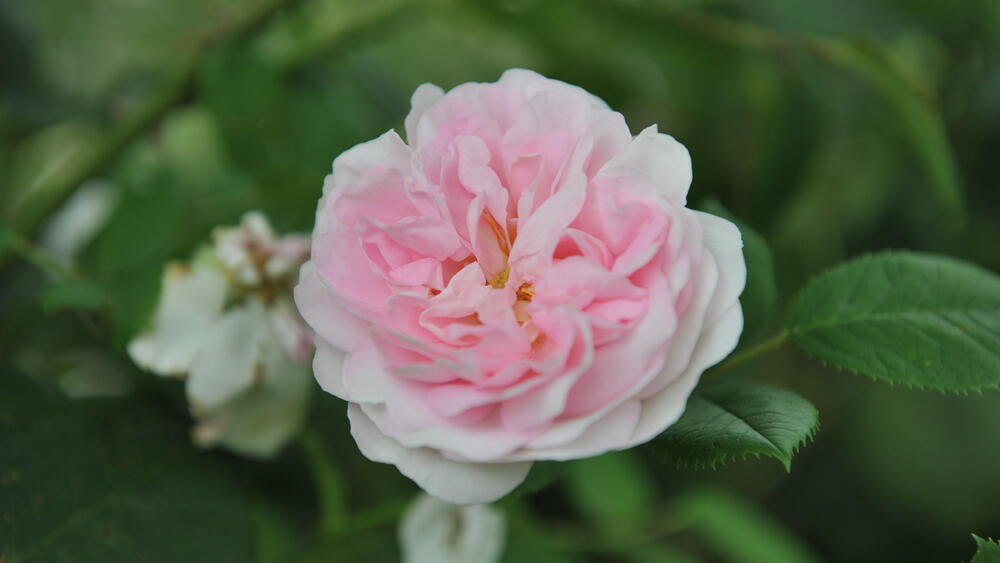Researchers at the Hebrew University of Jerusalem have uncovered the geometric principles responsible for the sharply curled edges of rose petals, offering new insights that could advance flexible electronics, soft robotics and other fields influenced by natural design. The study, published in the journal Science, challenges long-held assumptions about how plant shapes develop.
For years, scientists believed that wavy leaf and petal forms were shaped by “Gauss incompatibility,” a mismatch between surface geometry and three-dimensional space that produces undulating edges and irregular curves. But roses, with their sharply pointed petal edges, defy that rule.
Using computer simulations and plastic models to replicate the growth patterns of rose petals, the research team identified a different mechanism. “The growth creates a geometric conflict,” they explain, “forcing petals into forms where the relaxed state cannot be smoothly realized in three-dimensional space without distortion.”
Get the Ynetnews app on your smartphone: Google Play: https://bit.ly/4eJ37pE | Apple App Store: https://bit.ly/3ZL7iNv
This conflict, tied to a geometric phenomenon called the Mainardi-Codazzi-Peterson incompatibility, creates stress concentrations that generate the rose’s signature pointed cusps. Unlike previous theories, the findings show how certain materials respond to stress by forming sharply defined shapes rather than smooth undulations.
The team also found that stress and growth interact in a feedback loop, where stress at the petal’s edge influences how the tissue continues to grow. This interplay between geometry and biology may allow future engineers to develop materials that morph predictably as they grow or are activated.
“Our work shows that even the most delicate features of flowers follow deep geometric principles,” the researchers said, offering new tools for designing nature-inspired, shape-changing materials.



